Farm & Ranch
[AgriLife Today] Texas potato research plans to pack more value into the crop
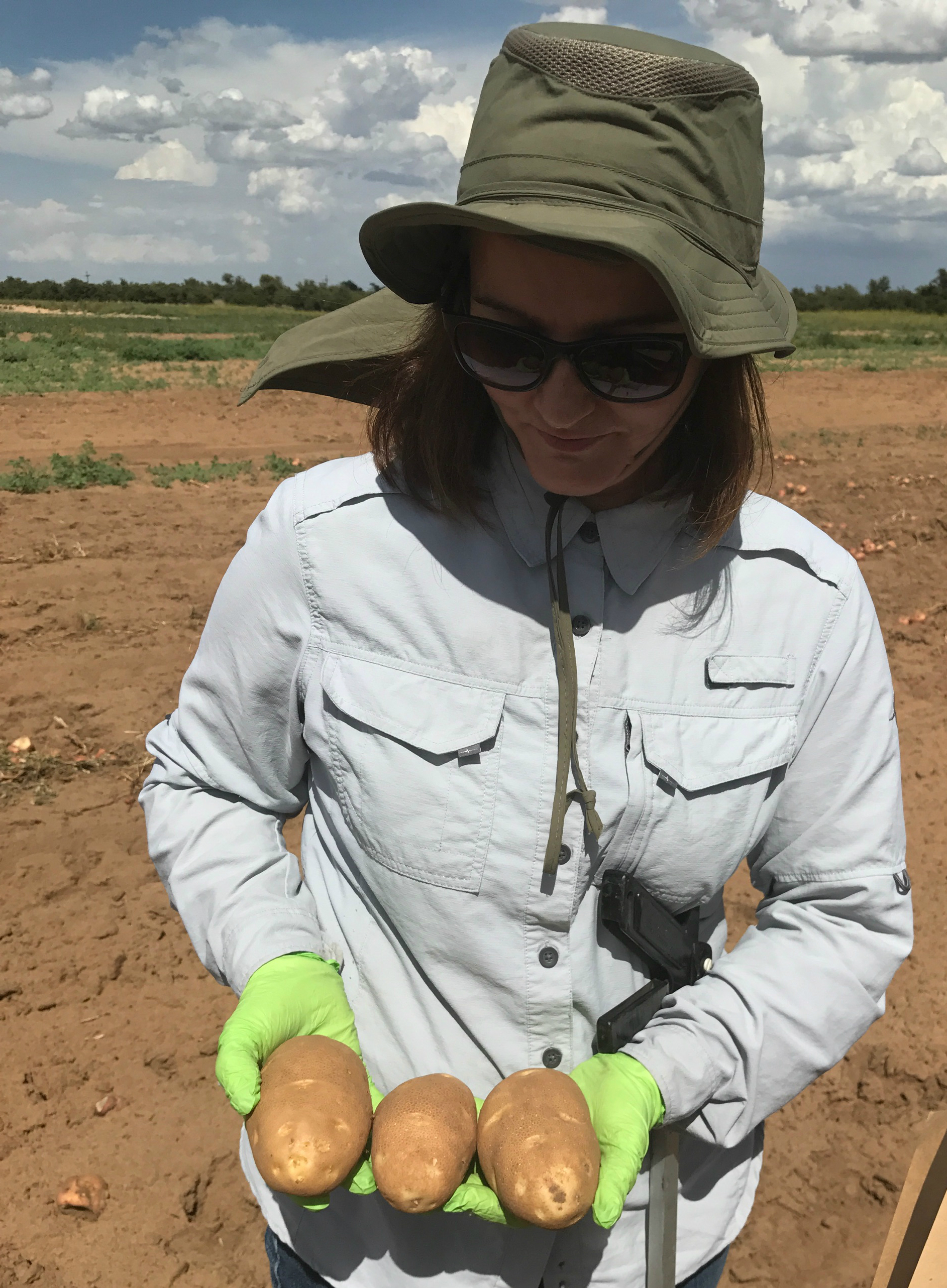
By: Kathleen Phillips
Writer: Kathleen Phillips, 979-845-2872, [email protected]
Contact: Dr. Isabel Vales, 541-740-4437, [email protected]
COLLEGE STATION — Texas potato growers may be few in number, but their spuds hit a market window that brings a premium each year at harvest. Now, a new potato scientist for Texas A&M AgriLife Research plans to pack even more value into the commodity through traditional and molecular breeding.
Upon arriving in Texas last January, Dr. Isabel Vales was quick to put down roots both in her greenhouses near the Texas A&M University campus in College Station and hundreds of miles away where potatoes are grown in the northwestern part of the state.
“I’ve been interacting with growers to hear what is important in Texas in terms of potato production. What I have learned is that even though potato production in Texas is not that large – between 20,000 and 30,000 acres – it’s of high value,” Vales said. “Because our growers are able to move fresh potatoes to the market earlier than other states, they receive two or three times higher prices than growers up north.”
But there are some unique challenges for Texas potato producers, she said. High heat and occasional drought may add dimensions to production that a grower cannot control. Lately, a disease known as zebra chip has plagued some fields. And some farmers are interested in expanding into organic production, which calls for different management skills.
Vales said she is nearing a point of developing a plan to help take Texas potato farmers to the next level of production and market efficiency. Consumers also will play a role in the plans, she added, because of their desire for traits such as healthy components and a trendy preference for smaller potatoes.
That’s where her background in genetics will play a larger role. Prior to coming to Texas A&M, Vales used her education in genetics on maize at the University of Minnesota, cereals and potatoes at Oregon State University and legumes for the International Crops Research Institute for Semi-Arid Tropics in India.
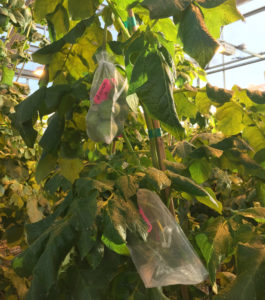
A team under the direction of Dr. Isabel Vales, potato breeder for Texas A&M AgriLife Research, has begun making crosses at a greenhouse in College Station. (Photo courtesy of Dr. Isabel Vales)
“We will be expanding into the molecular aspects of potatoes in Texas so that we hopefully will be able to understand the genetic basis of some of those traits and be able to use markers for selection in our breeding program,” Vales said.
She also will lean on decades of Texas potato experience cultivated by Dr. Creighton Miller, who established the potato breeding program at AgriLife Research in the 1970s.
“I had worked with Dr. Miller in the past, so I knew that this is a mature program in Texas focused mostly on conventional breeding,” Vales said. “I am interested in using all of the new tools that have advanced a lot in potatoes over the last five-plus years. The whole genome sequence is available, and there are lots of genomic resources at our disposal.”
She noted potato varieties commonly used by consumers also have “many genetic resources including landraces and wild relatives that could be used to incorporate traits of interest into the potato breeding program.”
Already Vales and her team at College Station and Lubbock have produced a crop that now is being harvested for examination. She plans to develop a “breeding database management system” to handle the information gathered and learn more about the traits in the breeding materials. She also is setting up a basic molecular lab and will utilize other genetics labs available on campus to hasten her research.
“We are getting ready to plant under greenhouse conditions the parental lines to make crosses that hopefully will combine the traits we are interested in,” Vales said. “Some of the commercial varieties have very good traits, but they lack resistance to problems like heat or drought, for example.”
She said they want to cross cultivated or elite — advanced breeding clones — types of potatoes with others to facilitate resistances, then select within the progeny those that combine high yield and quality with resistance.
The crosses done at her greenhouses near College Station ultimately will be grown in test plots under actual field conditions near Springlake and Dalhart in collaboration with potato growers there.
“I cannot emphasize enough how thankful I am for the growers. Their collaborations are essential,” she said. “Each time I talk to them I always learn something new about what matters, what they are looking for. So that helps me figure out what to focus on and how to prioritize and move forward.”
Vales earned her licentiate degree in biological sciences and her pedagogy certification, both at the University of Santiago de Compostela, Spain. She earned her graduate degree in biology and doctorate in biology, both from the University of Vigo, Spain.
For more information about the AgriLife Research potato research effort, see http://potato.tamu.edu.
-30-
Find more stories, photos, videos and audio at http://today.agrilife.org
Farm & Ranch
Managing Show Cattle Through The Winter

By Heather Welper
Husband and wife duo, Heather and Calvin Welper, are the Co-Owners and Operators or Two C Livestock, located in Valley View, Texas.
The pair’s operation has a show cattle focus where they raise and sell purebred heifers of all breeds and club calf Hereford steers.
When it comes to show cattle, the Welpers know a thing or two including how to prepare for the cold winter months and the Texas major show season run.
To read more, pick up a copy of the November edition of North Texas Farm & Ranch magazine, available digitally and in print. To subscribe by mail, call 940-872-5922.
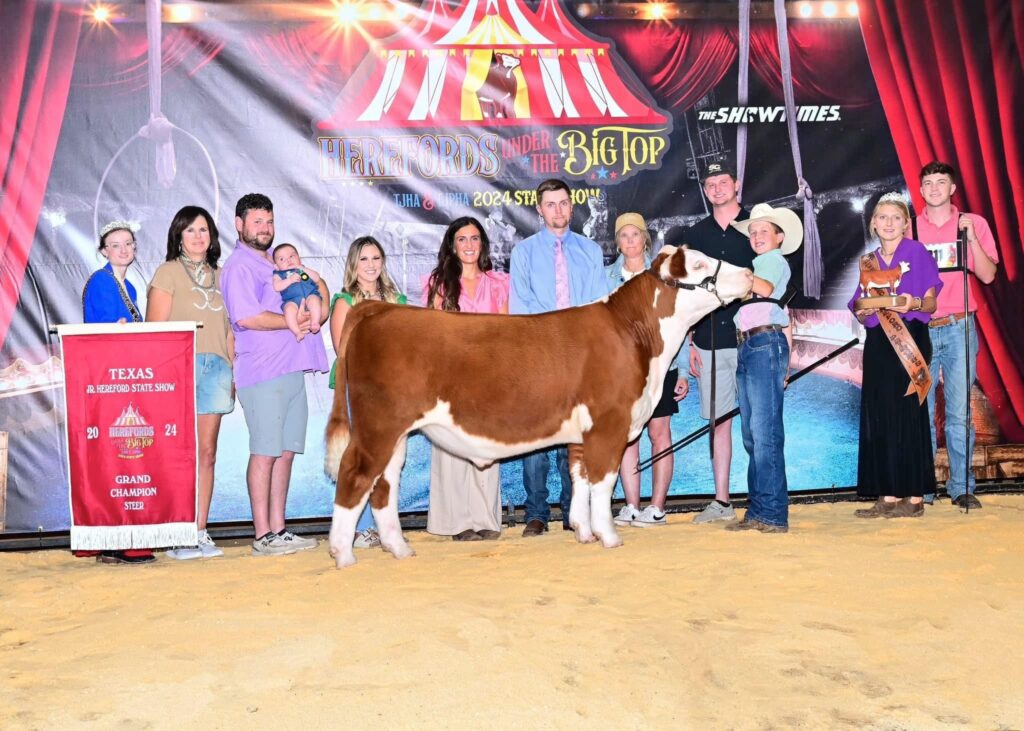
Farm & Ranch
Double M Ranch & Rescue
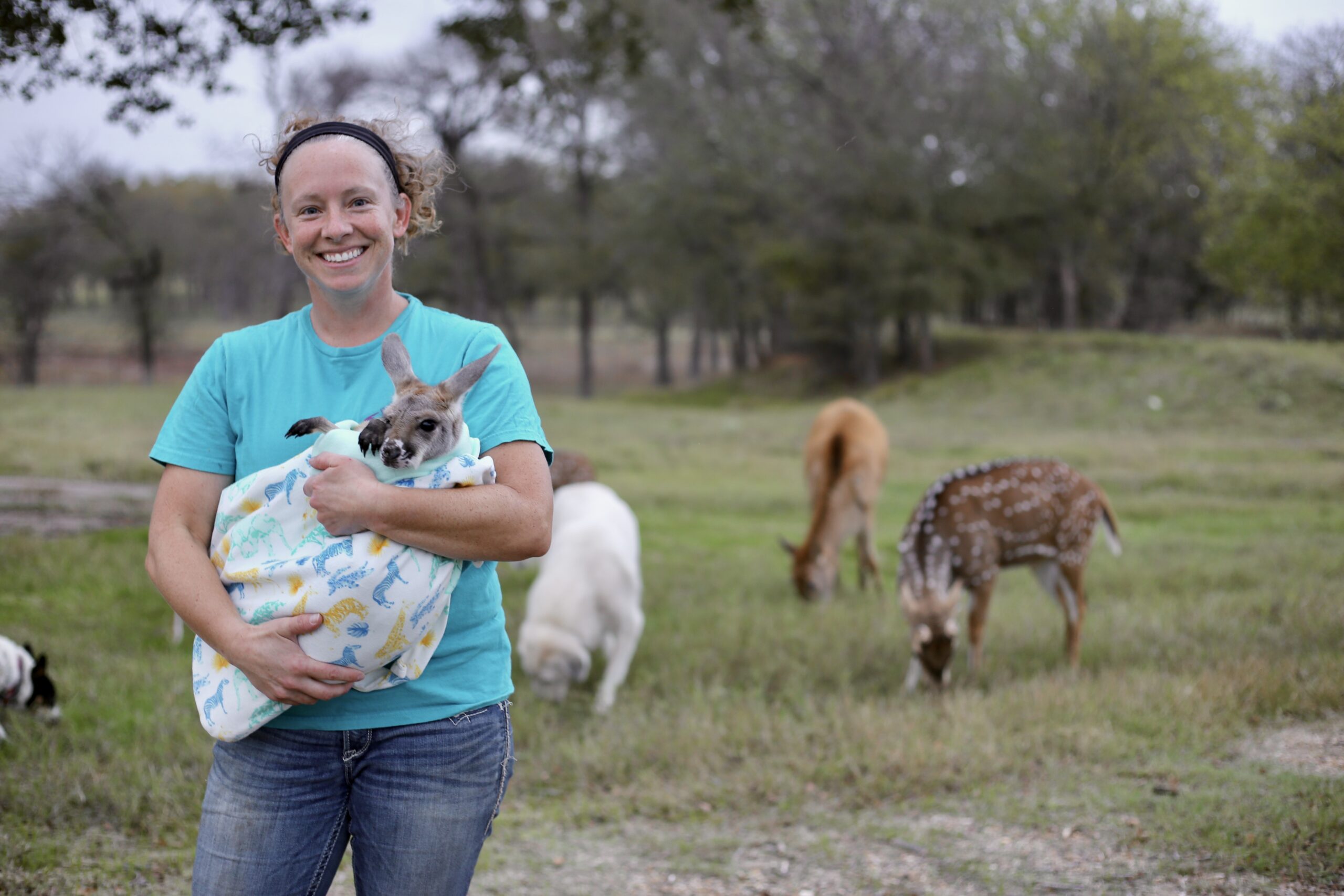
By Hannah Claxton, Editor
As the sun rises each day, so do the dozens of mouths that Meghan McGovern is responsible for getting fed. Rather than the sounds of a rooster crowing, McGovern hears the bellows and bleats of a variety of exotic deer, the chortle of kangaroos, the grunts of water buffaloes, and the chirps of a lemur.
Nestled against the banks of the Red River, the Double M Ranch and Rescue, with its high game fences and deer sprinkling the landscape,s its in stark contrast to the surrounding ranches.
“Having deer is kind of like eating potato chips- you can never actually have just one,” said McGovern with a laugh.
McGovern has several herds to take care of- fallow deer, axis deer, water buffalo, goats, and bison. In smaller numbers, there’s also a few kangaroos, a lemur, a potbelly pig, a pair of zebras, a watusi, and a few horses.
To read more, pick up a copy of the November edition of North Texas Farm & Ranch magazine, available digitally and in print. To subscribe by mail, call 940-872-5922.
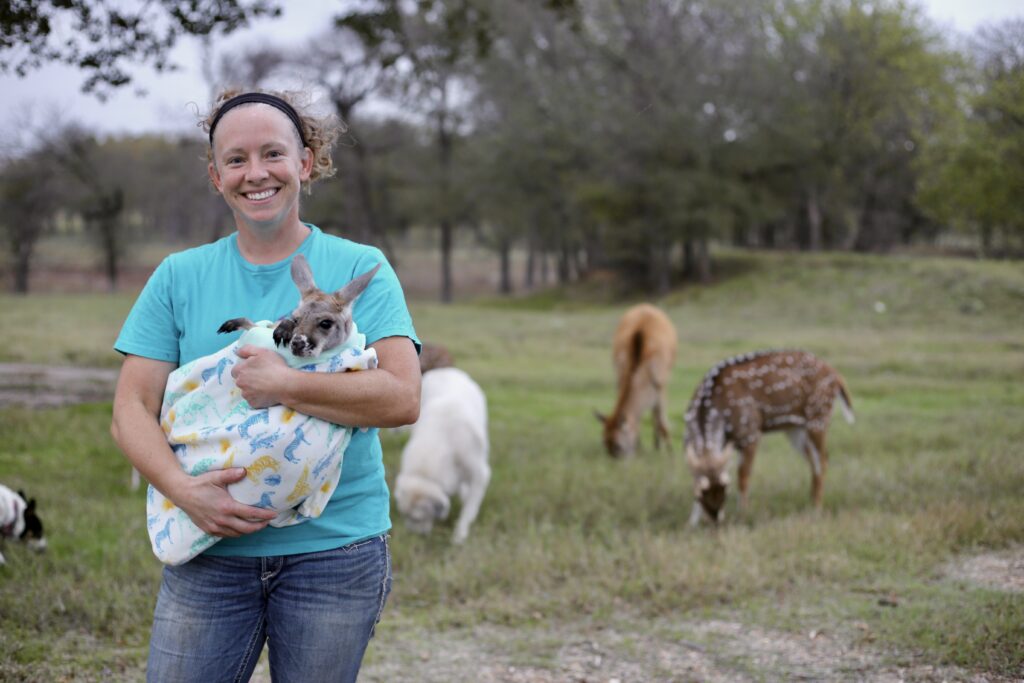
Farm & Ranch
Acorn Toxicity
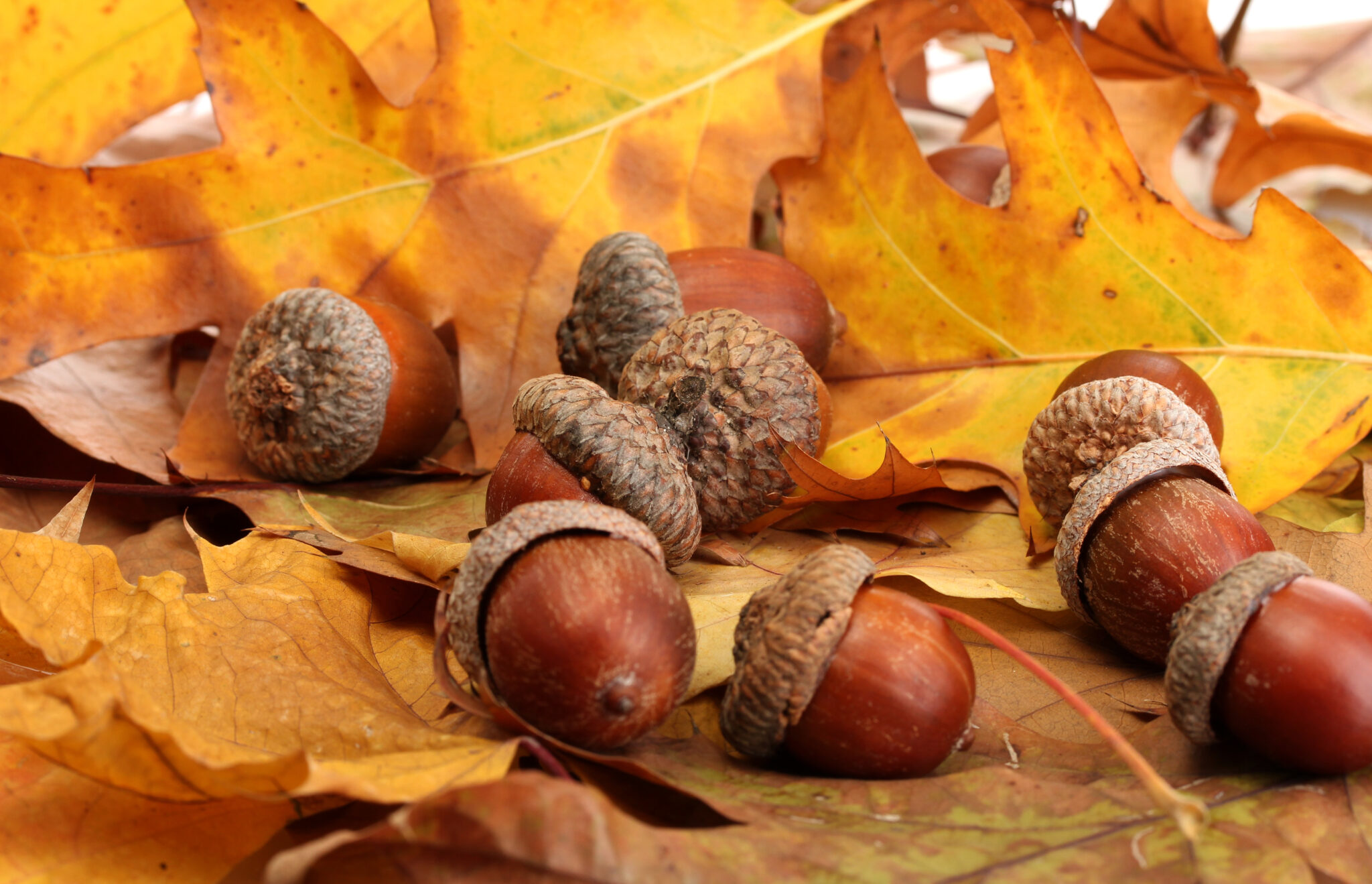
By Barry Whitworth, DVM, MPH
With the prolonged drought, most pastures in Oklahoma end up in poor condition. With the lack of available forage, animals may go in search of alternative foods.
If oak trees are in the pastures, acorns may be a favorite meal for some livestock in the fall. This may result in oak poisoning.
Oak leaves, twigs, buds, and acorns may be toxic to some animals when consumed.
To read more, pick up a copy of the November edition of North Texas Farm & Ranch magazine, available digitally and in print. To subscribe by mail, call 940-872-5922.
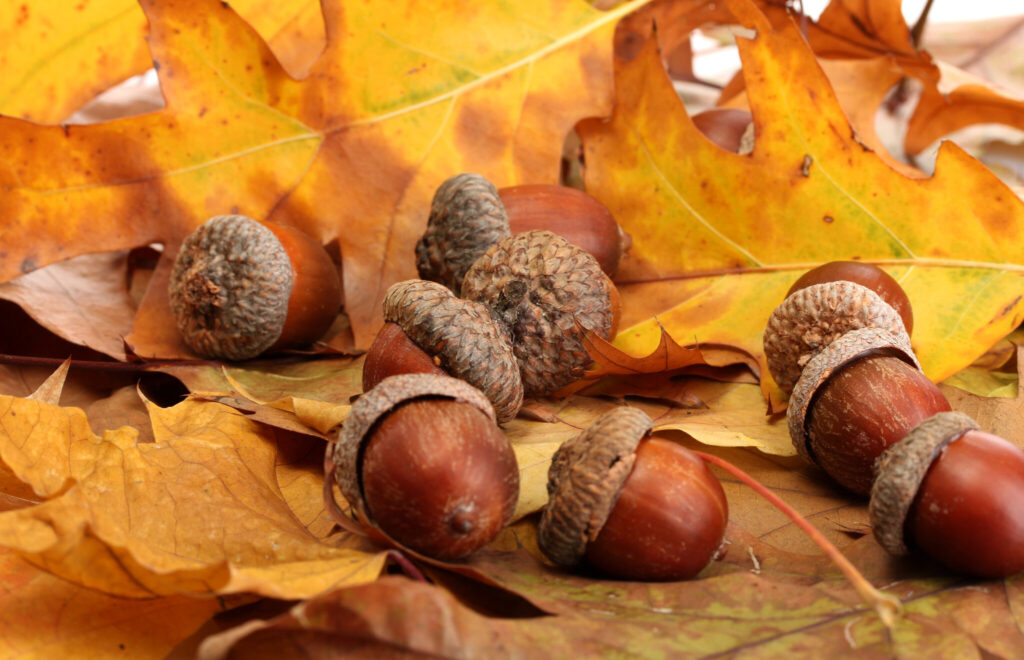
-

 Country Lifestyles2 years ago
Country Lifestyles2 years agoScott & Stacey Schumacher: A Growth Mindset
-

 Country Lifestyles8 years ago
Country Lifestyles8 years agoStyle Your Profile – What your style cowboy hat says about you and new trends in 2017
-

 HOME8 years ago
HOME8 years agoGrazing North Texas – Wilman Lovegrass
-

 Outdoor10 years ago
Outdoor10 years agoButtercup or Primrose?
-

 Country Lifestyles5 years ago
Country Lifestyles5 years agoAmber Crawford, Breakaway Roper
-

 Country Lifestyles9 years ago
Country Lifestyles9 years agoJune 2016 Profile – The man behind the mic: Bob Tallman
-

 Country Lifestyles8 years ago
Country Lifestyles8 years agoDecember 2016 Profile, Rusty Riddle – The Riddle Way
-

 Equine1 year ago
Equine1 year agoThe Will to Win





